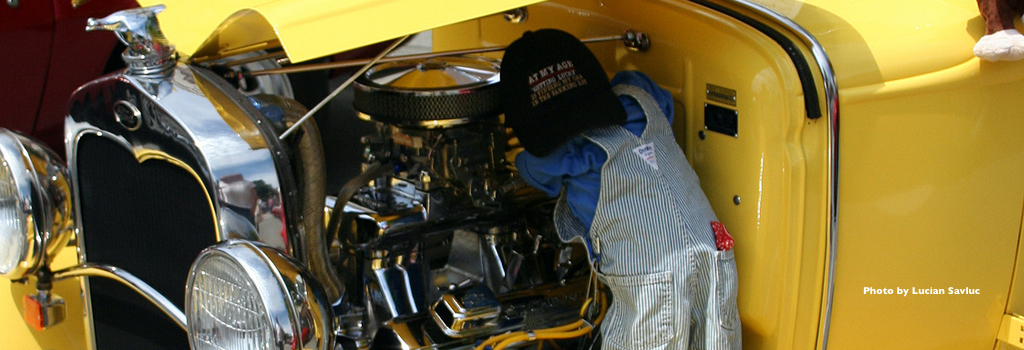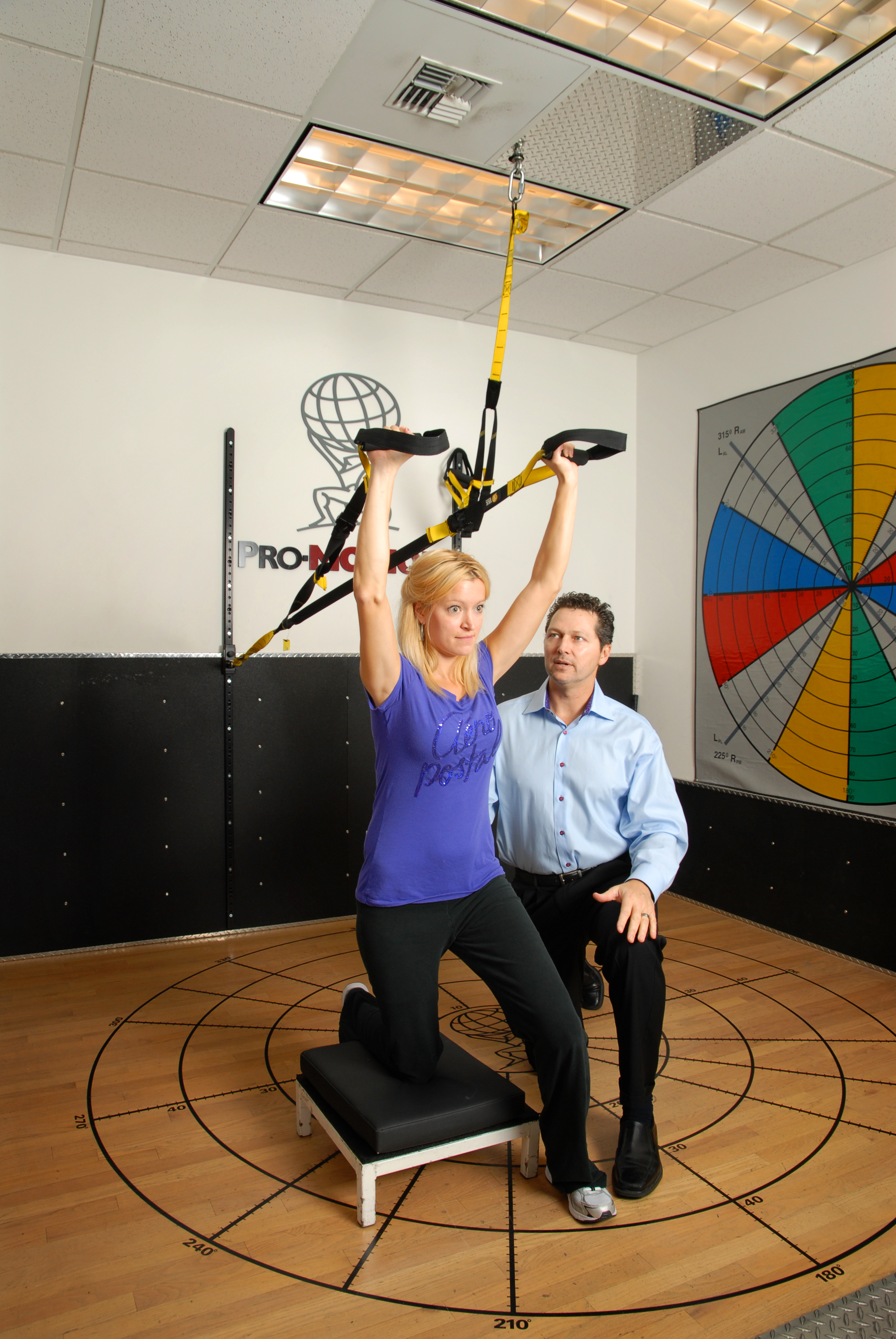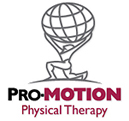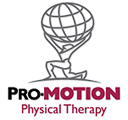FROM THE PROMOPT BLOG

Finding the Signal in the Noise
A system isn’t some randomly organized thing. It is an interconnected set of things that are designed and linked in a way that allows the system to achieve something purposeful. If you look at a system closely you find that it has three key components: elements (the parts), interconnections (the links), and a function or purpose (the reasons for the system).
No matter the system, there is inherent difficulty diagnosing and solving problems. The more complicated the system, the more trouble and time involved in finding the solution. Consider your car as a system. In order for it to function — that is, drive forward — a myriad of working parts need to come together. The gas pedal needs to send a signal so the appropriate amount of fuel fires the engine. Correspondingly, the steering wheel must remain connected to the wheels in order for the car to move in the right direction. Lastly, a battery powers the entire system, allowing it to operate. If a car is not moving, the immediate assumption might be an issue with the principal source of movement, the gasoline. But as a system with interworking parts, the issue could lie in many different places.
Likewise, the human body — an infinitely more complicated system — operates under the same principle. As an integrated system, multiple muscles spanning the length and width of a body operate in harmony to create functional movement. Consider the children’s song, “Dem Bones” — “the hip bone’s connected to the back bone…” The skeletal system components (bones) are connected to each other through joints, which create links between regions. These links are tethered by ligaments and long bands of tissue called fascia. The body is powered and connected electrically by the nervous system. Dysfunction and pain in one area, therefore, does not mean the underlying issue exists in that same area.
Regional Interdependence
The human body is joined in many ways, both obvious and subtle. Understanding this concept is a central tenet in effective therapy. In short, this principle is known as regional interdependence; it’s the notion that seemingly unrelated impairments in an isolated anatomical region may contribute to, be associated with, or even be the cause of a patient’s initial complaint.
In other words, the body is connected. To diagnose and treat impairment, the therapist and patient must also be connected. AsC.S. Lewis famously said,
“The magic is not in the medicine but in the patients body. What the treatment does is stimulate Nature’s functions in the body, or to remove hindrances.” In a sense, though we speak of healing a cut, every cut heals itself; no dressing will make skin grow over a cut on a corpse.”
The treatment is only as effective as the approach that stays connected to these principles. For this reason, being connected is imperative, not only between practitioner and patient, but also between a patient and her body.
On the Importance of Physical Therapy
 Regional interdependence and the notion of being connected create differentiation between physical therapists and many of their peers. While medical professionals seek treatment with a goal of bringing a change in symptoms and improving health, the process often differs for physical therapists. Take Chiropractic, for example; it approaches healing through the neuro-musuloskeletal system, essentially focusing on the spine as an avenue toward health. While chiropractic offers many benefits to patients and society as a whole, its focus is specific.
Regional interdependence and the notion of being connected create differentiation between physical therapists and many of their peers. While medical professionals seek treatment with a goal of bringing a change in symptoms and improving health, the process often differs for physical therapists. Take Chiropractic, for example; it approaches healing through the neuro-musuloskeletal system, essentially focusing on the spine as an avenue toward health. While chiropractic offers many benefits to patients and society as a whole, its focus is specific.
Physical therapy, on the other hand, takes the whole body into account, aiming to understand the reasons behind impairment and to bring functional ability and a high quality of life to its patients. In the case of the spine example, the finding of spinal dysfunction should lead to the question…”How did it get there in the first place?” The theory of regional interdependence buoys physical therapy, helping therapists to understand the many connections in the body and allowing both therapist and patient to comprehend and plot an avenue toward improved function. In the realm of physical therapy, the goal is to understand symptoms by observing abnormal compensations and searching for the causes. Those causes are not necessarily at the region where the symptoms lie but lurk somewhere else waiting to be uncovered. This process is the real key to understanding any system. A system is a perceived whole, whose elements hang together because they continually influence each other over time and operate toward a common purpose.
When a car is not working, a mechanic needs to work thoroughly to find the problem. The diagnosis, sometimes, exists multiple steps away from what might be considered the obvious problem. The same principle applies to the human body through regional interdependence and the physical therapist works toward diagnosing the issue in a complicated system. So remember, to understand the complexity of your body you must “Be Connected!”







